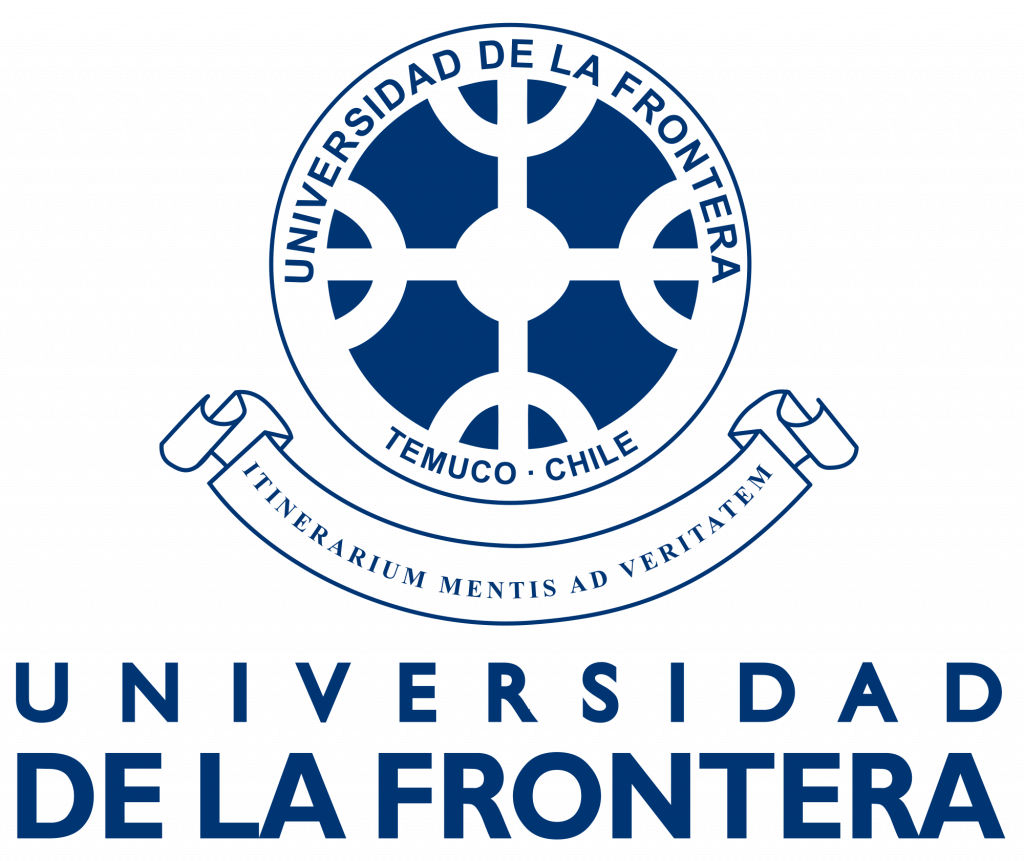





Researchers:
Collaborators:
Susana Valle (U. Austral de Chile)
Francisco Nájera (U. de Chile)
Roberto Godoy (U. Austral de Chile)
Felipe Aburto (U. de Concepción/ Texas U. AM)
Start: December 2018
Start: December 2021
Project Amount: M$ 50,000 /year
Introduction
Soil-forming factors such as relief and parent material in different biomes at a constant temperature and elevation are regulating factors controlling the quantity and quality of soil organic matter by common processes that occur under these conditions (Nájera et al., 2020). Microorganisms in extreme temperature and humidity environments can display similar strategies to obtain energy from the soil organic matter. One of these mechanisms is the carbon use that is released from the destruction of soil aggregates during drying and thawing events, whose frequency and intensity have increased due to global warming. Soil aggregates comprise macro- (> 0.250 mm) and micro-aggregates (<0.250 mm). The former are made up of particulate organic matter (recognizable material such as fungal roots and hyphae, cellular structures, etc.) that agglomerate each other binding particles with transient stability. Microaggregates, however, are linked with more stable processed organic matter from microbial by-products and dead microbial biomass (necromass). Clays and silt are found in microaggregates, which are the active mineral fractions that allow the protection of organic compounds and slow down the decomposition of soil organic matter. . Extended periods and more frequency of drying and thawing cause increased decomposition rates of soil organic matter since the macroaggregates undergo gradual destruction and are sometimes not compensated by aggregate re-construction. Drying and thawing are altered events by climatic anomalies (deviations from the normal value), especially in extreme environments which enhance the aggregate destruction (Nájera et al., 2020; Six et al., 2014; Tisdale and Oades, 1982). The stability of organic matter under laboratory conditions can be evaluated by estimating the carbon balance with stable isotopes. Thus, the change in soil organic matter content can be measured from carbon inputs and outputs over time which leads to an accumulation or deaccumulation of soil carbon in the ecosystems. It is therefore logical to expect that an increase in the drying and thawing frequency will generate a loss of organic matter, which can be evaluated by the C-input and output short after fresh C addition.
Main goal
Study carbon balances in extreme environments (remote places) through soil sampling in different locations across Chile: Los Flamencos National Reserve, Nahuelbuta National Park, Puyehue National Park, Torres del Paine National Park, Tierra del Fuego, and Maritime Antarctica). At each site, samples were collected from one or several soil pits to characterize the soil and to study the impact of drying and thawing on soil organic matter distribution in soil aggregates and the net soil carbon balance.
Sampling results
In this interactive map, you can find all the information processed and the characterization of the soils in different experimental sites. Likewise, in the following link you can find all the publications associated with the results of the NEXER project: CLICK HER E
Interactive map
The presentation format in this interactive map includes general information and more detailed information in each soil pit of the selected site. Most of these database has not been published, therefore, if you wish to use these database you must request access at the following link: REQUEST ACCESS HERE REQUEST ACCESS HERE
How to cite this map?
Matus, F., Merino, C., Radic, S., Manosalva, L., Valdés, J., Arriagada, C., Lavín P., and Altamirano, A. (2022). “NexerSoilMap: Effect of the drying and thawing cycles on the soil carbon sequestration along the climate gradient in extreme environments of Chile.” from laboratoriodesuelosvolcanicos.cl/resultados-nexer/.
Literature consulted